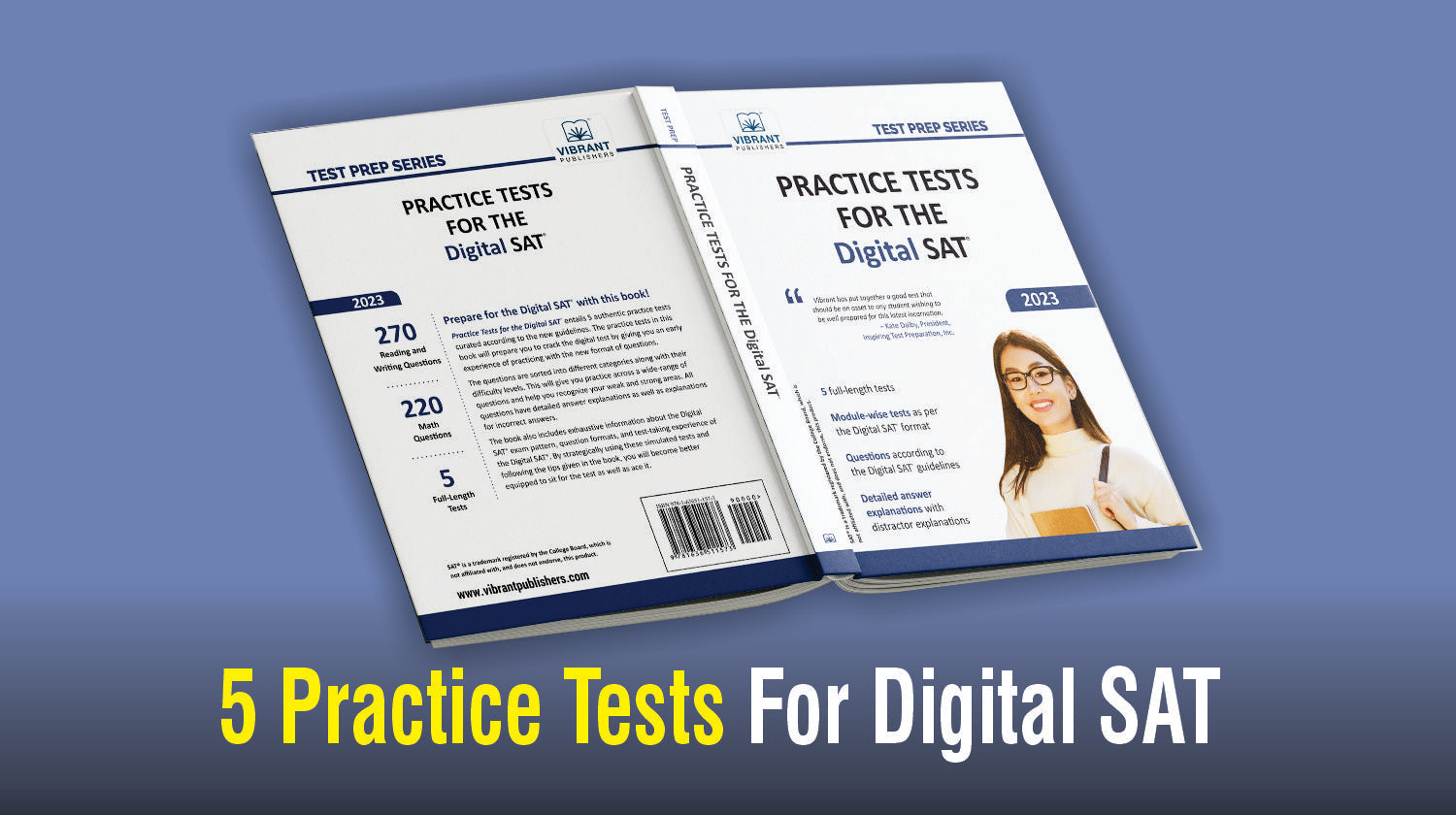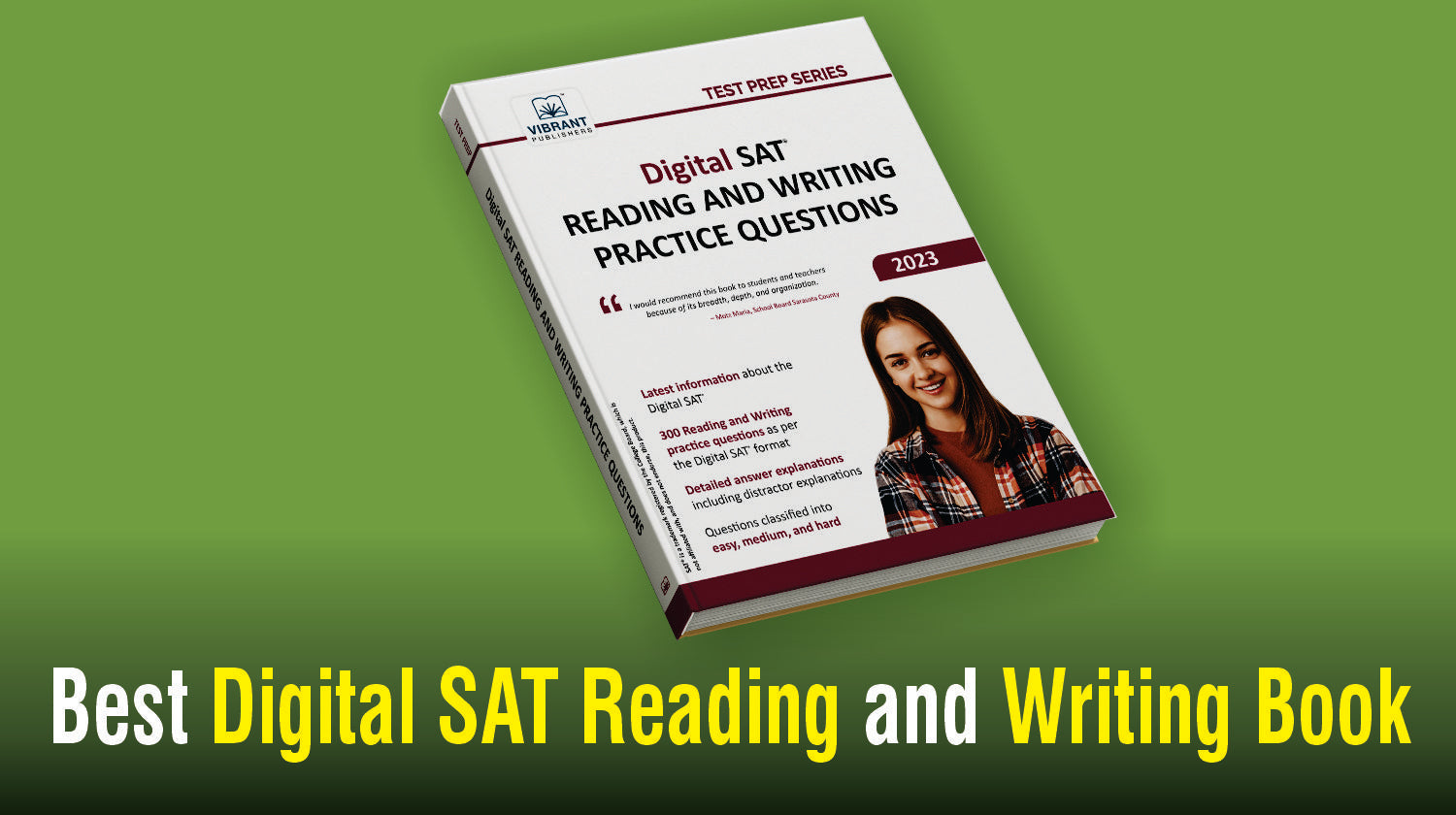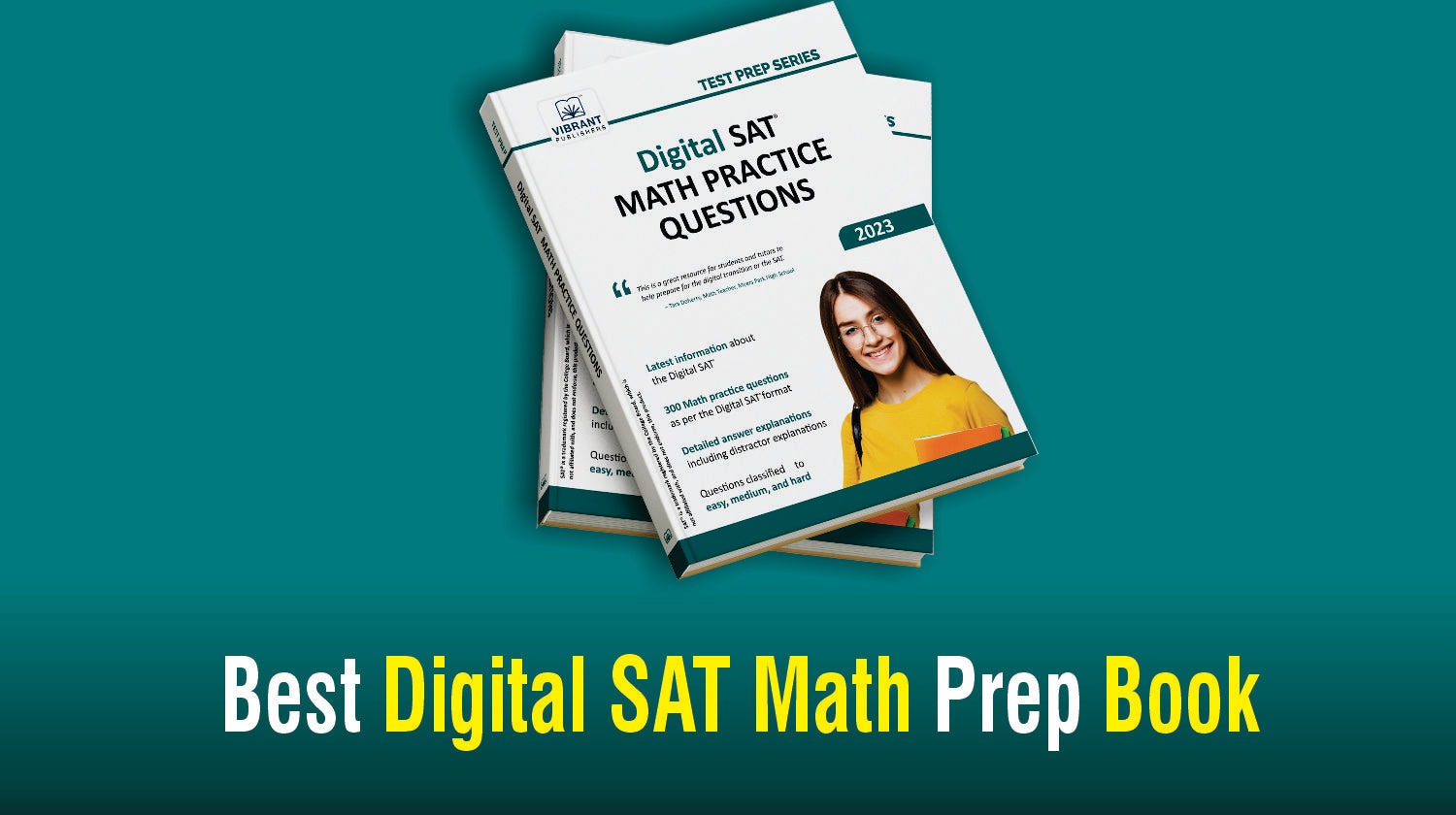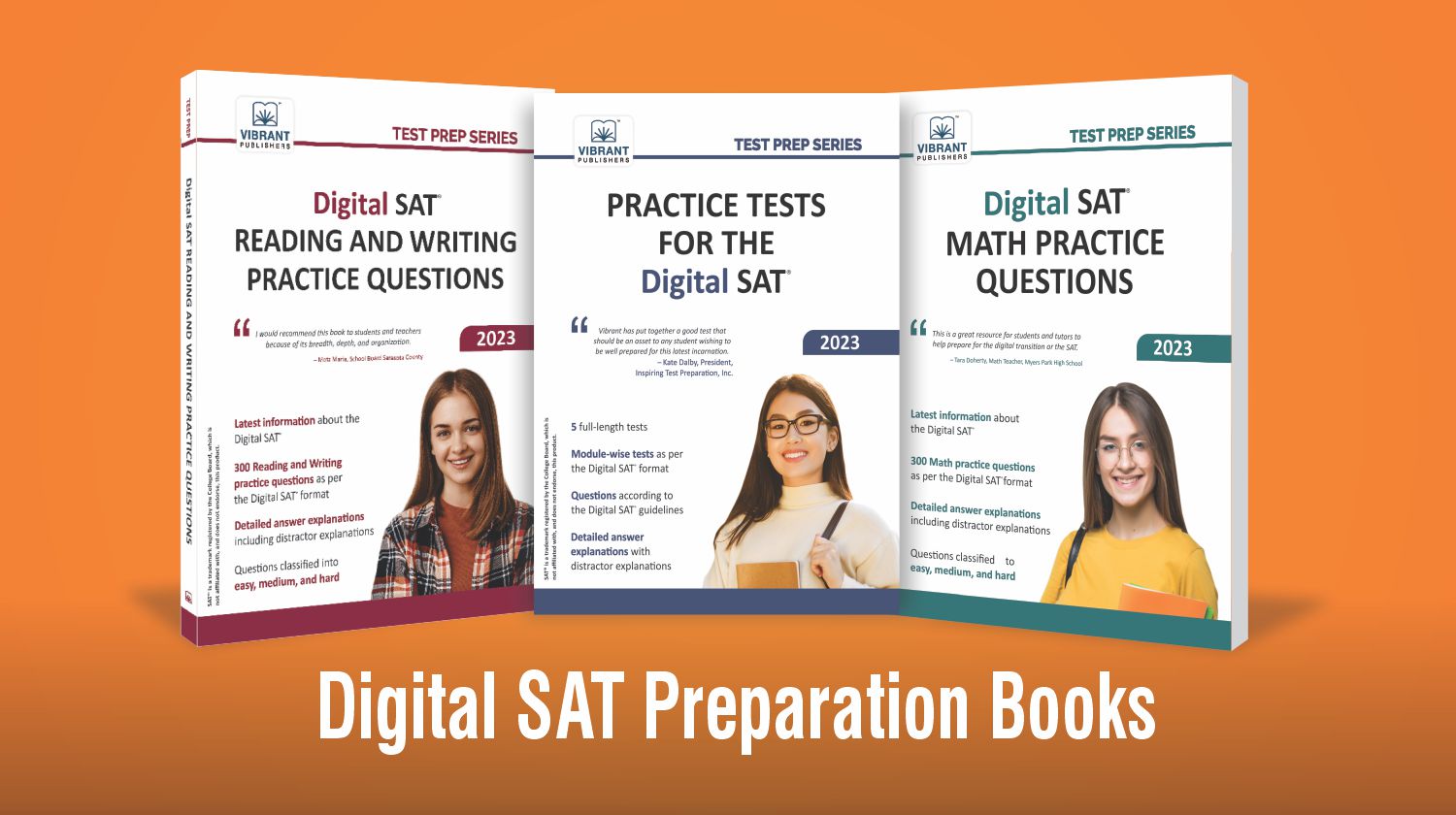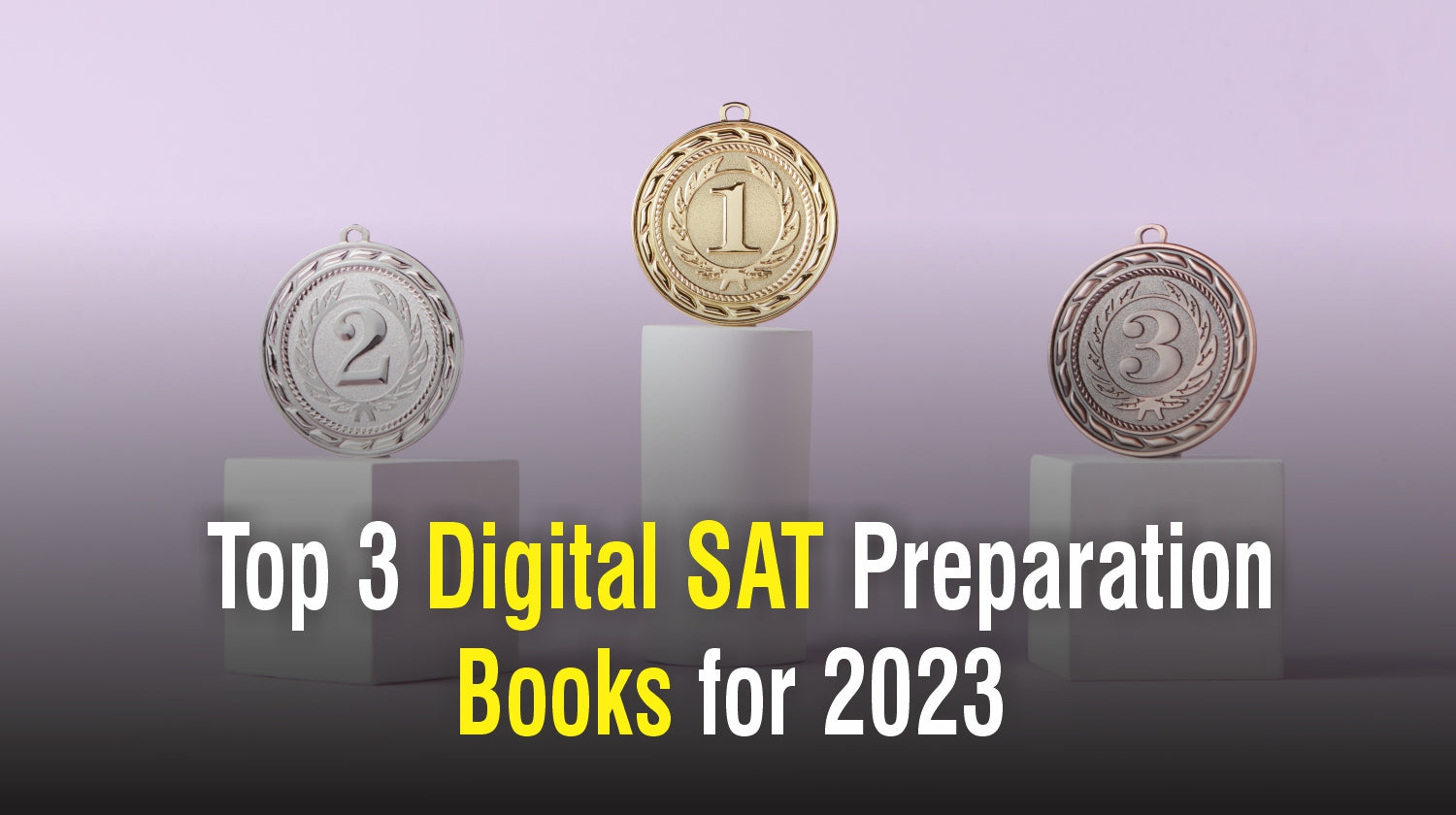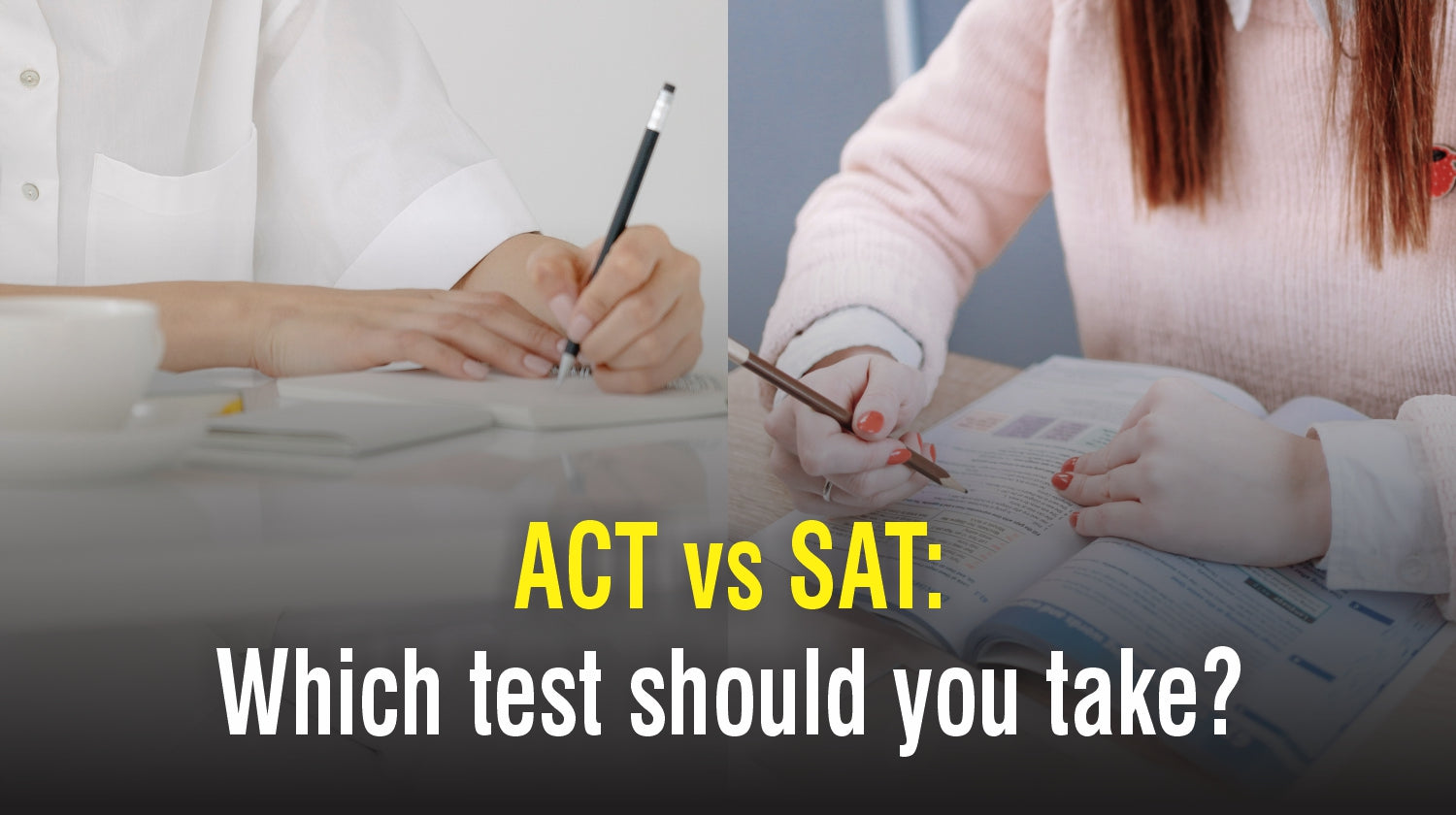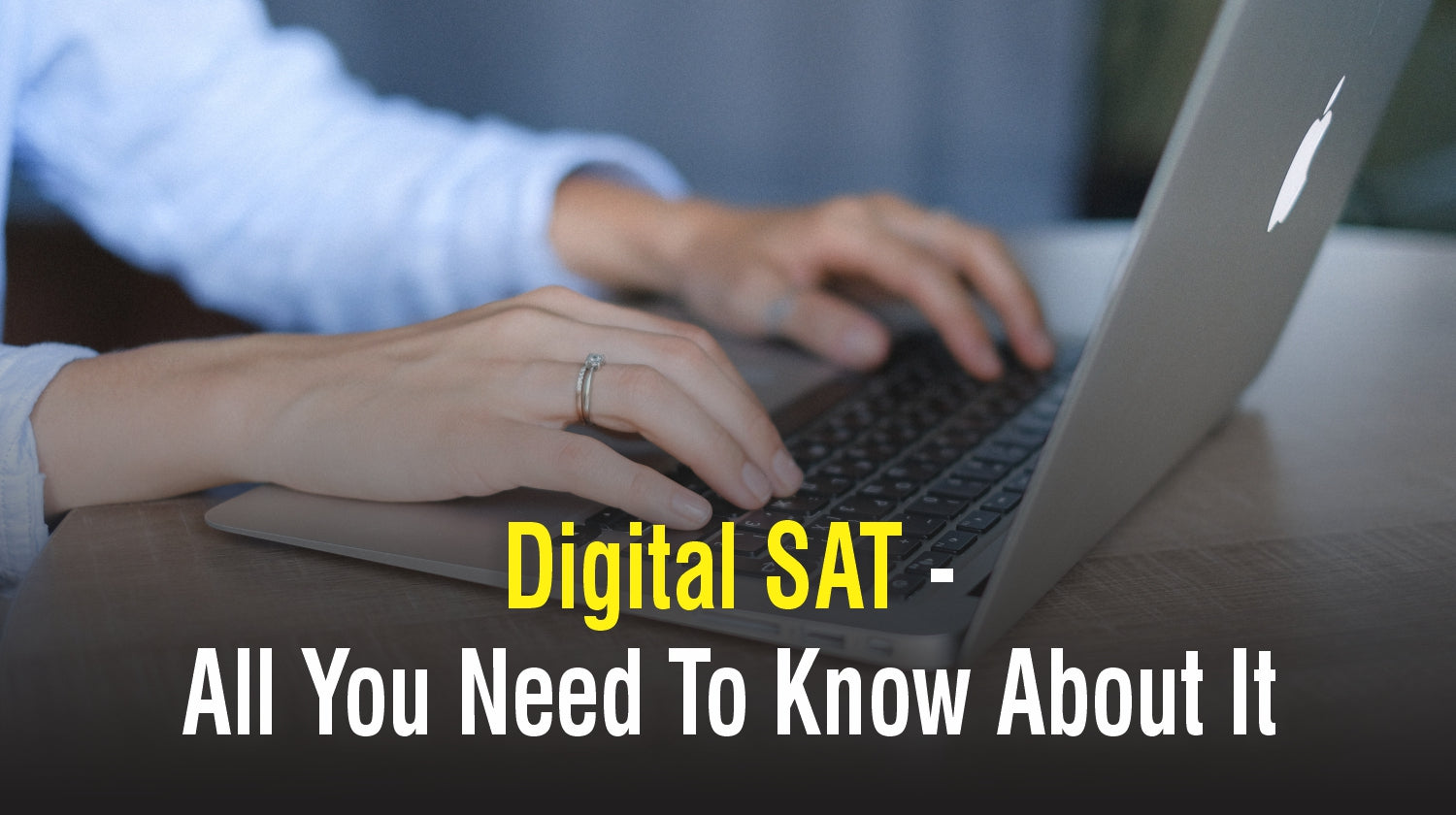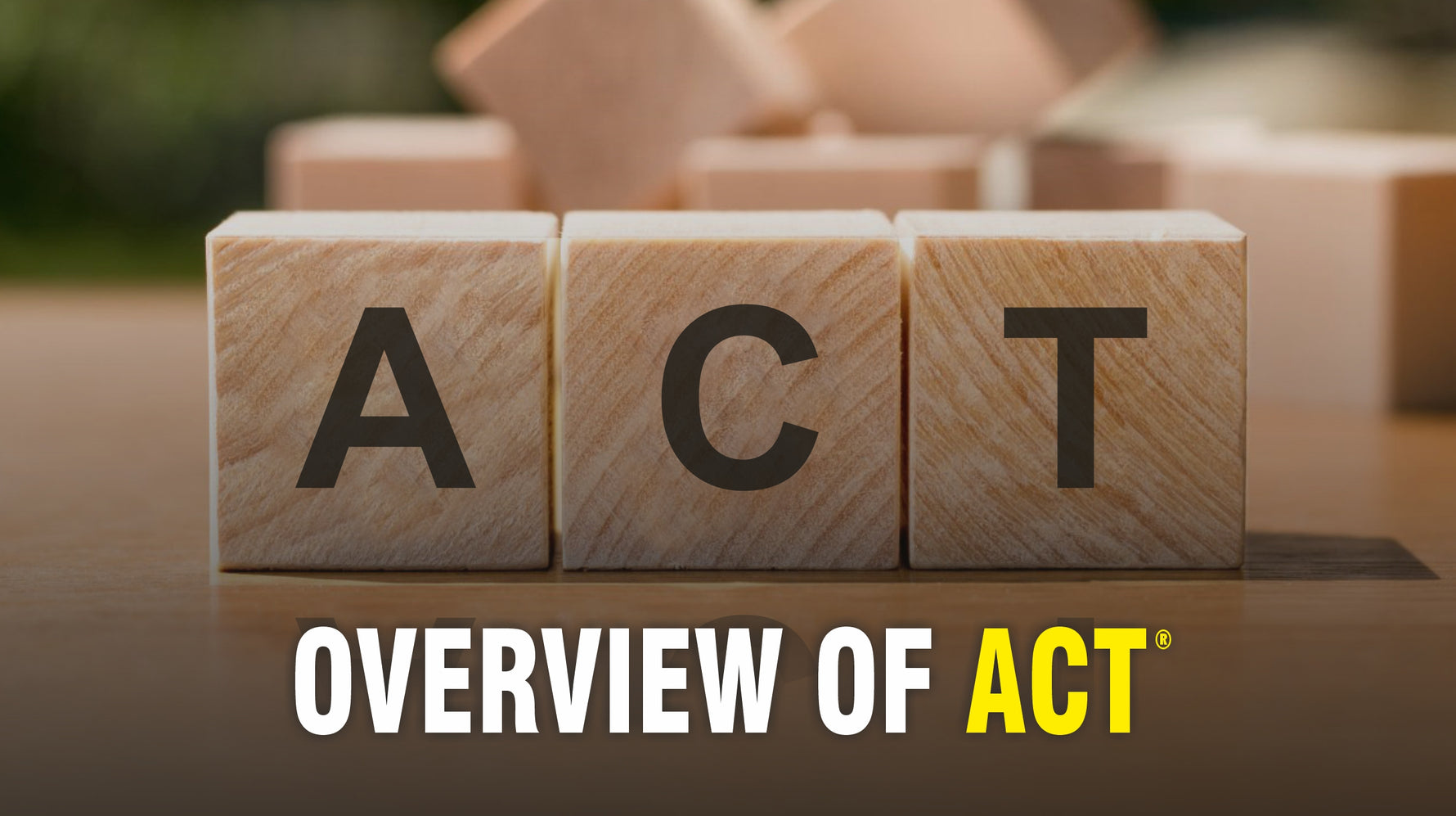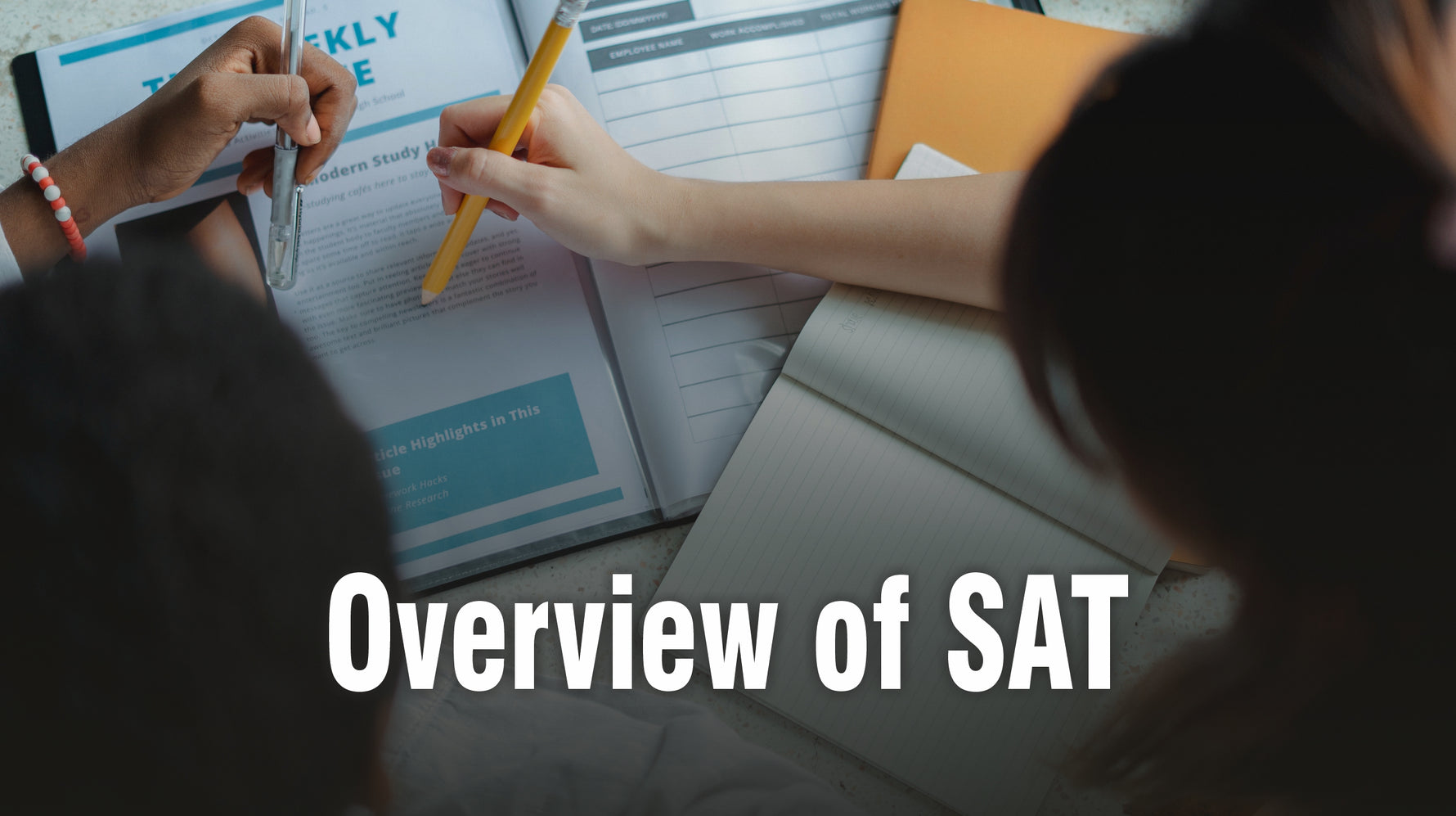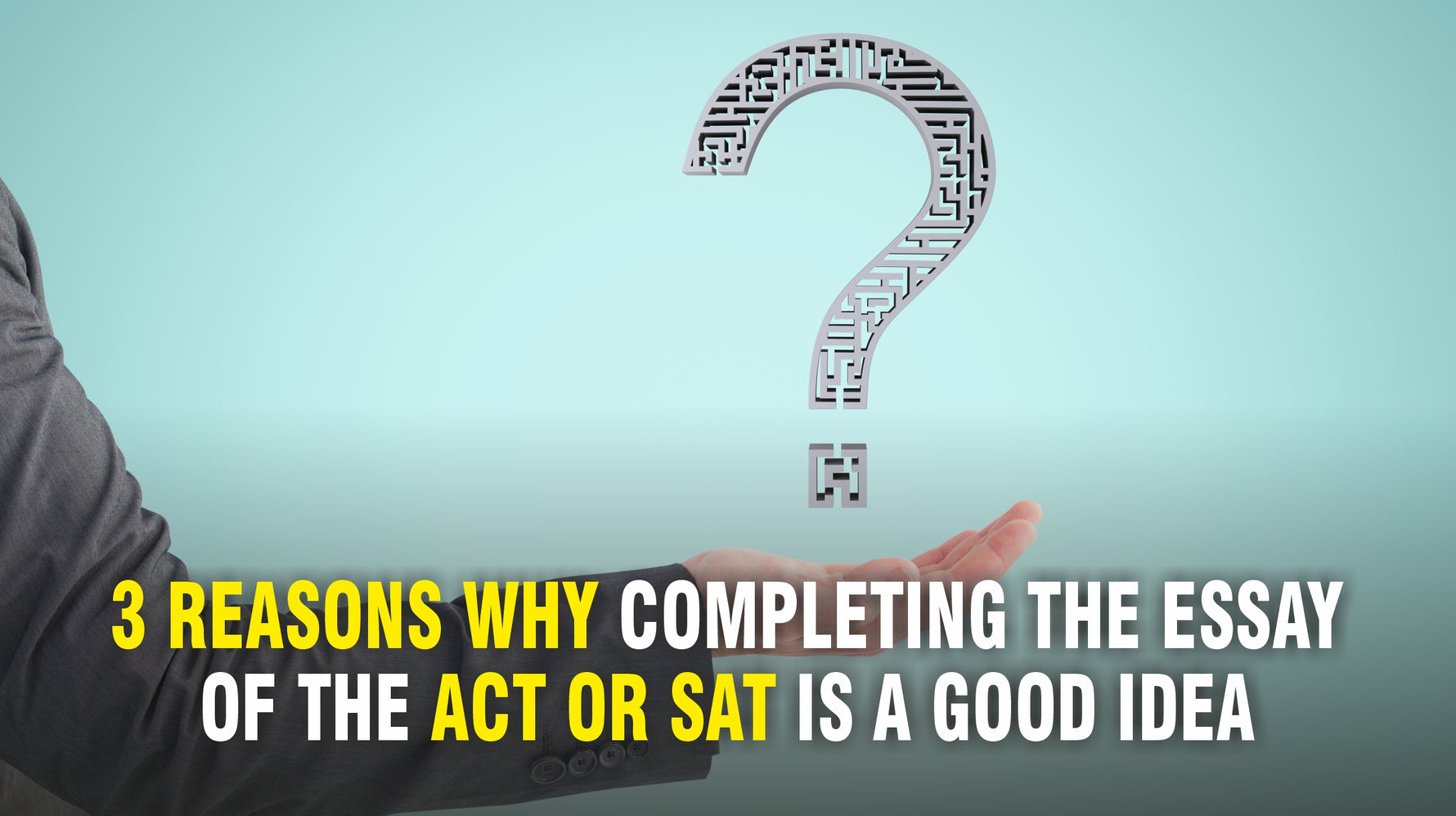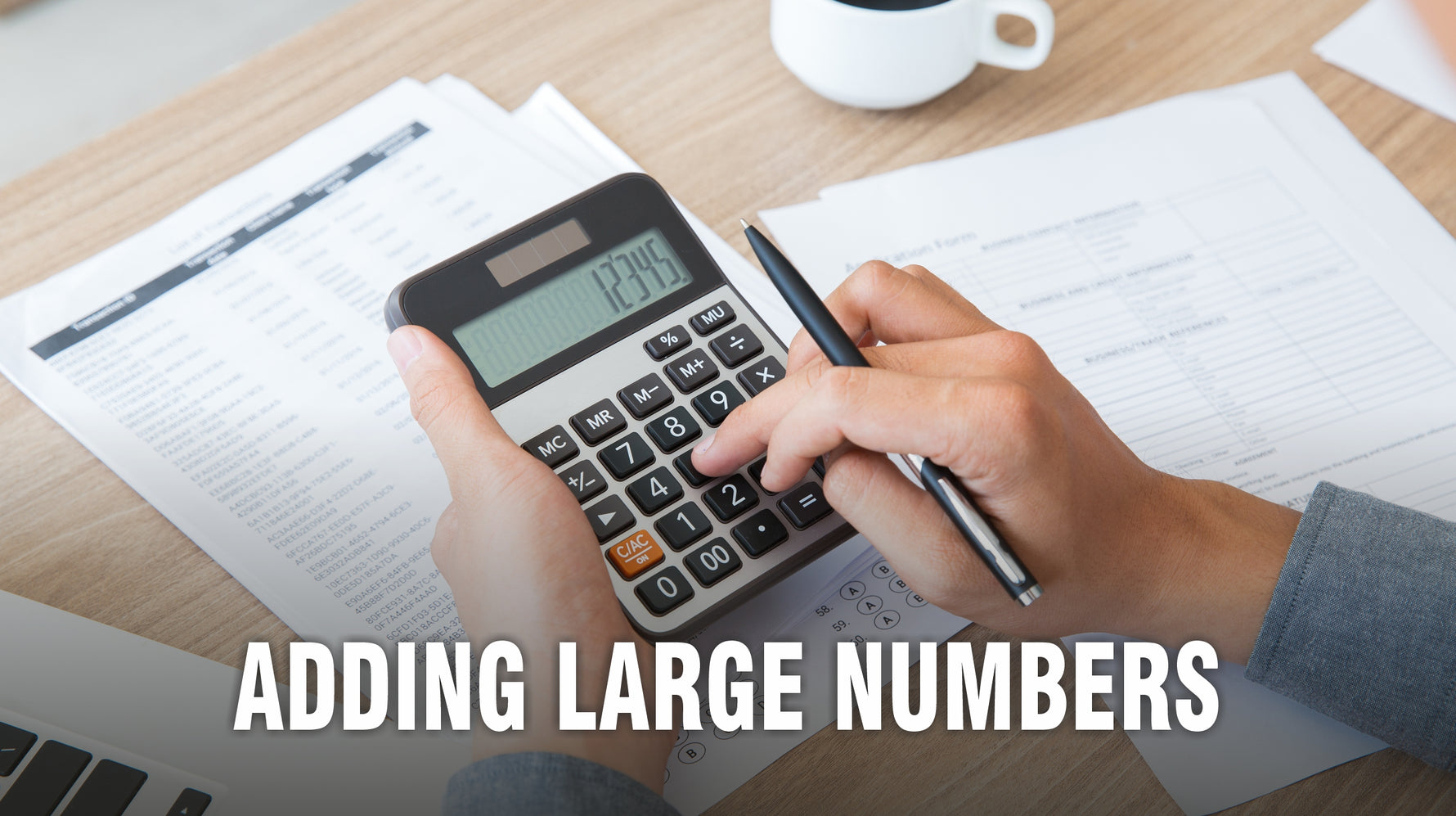The ACT is one of the most important standardized tests for high school students planning to attend college. With the ACT changing, it has become ever more crucial to understand how the ACT scoring system works for setting realistic goals and interpreting your results. This comprehensive guide will break down everything you need to know about Enhanced ACT scoring, from the basics to the most frequently asked questions from students.
How Enhanced ACT Scoring Works: The Fundamentals
The Enhanced ACT (available internationally from September 2025) consists of three required sections: English, Mathematics, and Reading, plus two optional sections: Science and Writing. The four multiple-choice sections are each scored on a scale of 1 to 36, with 36 being the highest possible score. Your composite score is calculated from the three required sections only, even if you take the optional sections.
Section-by-Section Breakdown
English Section: 50 questions, 35 minutes
Tests grammar, usage, punctuation, sentence structure, and rhetorical skills
Raw score converted to scaled score of 1-36
Mathematics Section: 45 questions, 50 minutes
Covers algebra, geometry, and trigonometry concepts typically taught through 11th grade
Calculator permitted for the entire section
Raw score converted to scaled score of 1-36
Reading Section: 36 questions, 40 minutes
Four passages from different subjects (literary narrative, social sciences, humanities, natural sciences)
Tests reading comprehension and reasoning skills
Raw score converted to scaled score of 1-36
Science Section: 40 questions, 40 minutes (OPTIONAL in Enhanced ACT)
Tests interpretation, analysis, evaluation, reasoning, and problem-solving skills
Does not require extensive science knowledge but focuses on scientific reasoning
When taken, contributes to a separate STEM score (combined with Math) but NOT to the composite score
Raw score converted to scaled score of 1-36
Writing (Essay) Section: 1 essay, 40 minutes (OPTIONAL in Enhanced ACT)
Evaluates key writing skills taught in high school and early college courses
Trained readers score your essay across four domains: Ideas and Analysis, Development and Support, Organization, and Language Use and Conventions
Score report on a range of 2-12
The Composite Score: Your Overall ACT Performance
The composite score is the most important number on your ACT score report. In the Enhanced ACT format, it represents the average of your three required section scores (English, Math, and Reading), rounded to the nearest whole number. The calculation is straightforward: add up your three section scores and divide by three.
For example:
English: 28
Math: 26
Reading: 30
Total: 84 ÷ 3 = 28 (Composite Score)
Composite score calculation for the Enhanced ACT
Important Note: Even if you take the optional Science section, it will NOT be included in your composite score calculation. You’ll receive a separate STEM score that combines your Math and Science scores.
Understanding Score Ranges and What They Mean
ACT Scores Ranges and Meanings
Score Range 1-12 (Below Average)
These scores indicate significant academic challenges and suggest the need for substantial preparation before retaking the test.
Score Range 13-19 (Below to Average)
Scores in this range are below the national average but still acceptable for many colleges, particularly community colleges and less selective four-year institutions. Most colleges have a minimum requirement of 18 or 20 on the ACT, making scores in the upper portion of this range viable for admission to many state universities and regional colleges.
Score Range 20-26 (Average to Above Average)
The national average composite score was 19.6 in 2024, so scores in this range represent solid performance. Many state universities and regional colleges accept students with these scores. This range opens doors to a wide variety of four-year institutions across the country.
Score Range 27-32 (Well Above Average)
These scores put students in approximately the top 15% of test-takers and are competitive for admission to selective universities. Students with scores in this range often qualify for merit-based scholarships at many institutions.
Score Range 33-36 (Exceptional)
Only about 2% of test-takers achieve scores in this range. These scores are competitive for admission to the most selective colleges and universities. For context, Harvard College admits students with ACT scores of 34-36, though Harvard states there are no score cutoffs and they do not admit "by the numbers".
Writing Scores (2-12 scale):
Score Range 2-5: (Below Average)
Indicates significant challenges with writing fundamentals and organization.
Score Range 6-7: (Average)
Represents typical high school writing performance with room for improvement.
Score Range 8-9: (Above Average)
Shows strong writing skills with good organization and development.
Score Range 10-12: (Exceptional)
Demonstrates excellent writing ability with sophisticated analysis and clear expression.
Percentiles: How You Compare to Other Students
Understanding percentiles is crucial for interpreting your ACT scores. Your percentile rank tells you what percentage of recent ACT test-takers scored at or below your score level. For instance, if you score a 22 composite, your national rank is approximately 71, meaning 71% of test-takers scored at or below your level.
This percentile system helps colleges understand not just your raw performance, but how you stack up against your peers nationally. It's important to note that percentiles can fluctuate slightly from year to year based on the performance of each testing cohort.
Frequently Asked Questions from Students
"How does superscoring work?"
Many colleges practice "superscoring," which means they take your highest score from each section across multiple test dates to create the best possible composite score. Not all colleges superscore, so it's important to check each school's policy. When colleges do superscore, they recalculate your composite based on your best section performances.
"What's considered a 'good' ACT score?"
This depends entirely on your college goals. The national average is around 19.6, so anything above 20 is above average. However, if you're aiming for selective colleges, you'll typically need scores in the mid-to-high 20s or low 30s. Research the average ACT scores for admitted students at your target schools to set appropriate goals.
Examples of college ACT expectations:
Highly selective institutions (Harvard, MIT, Stanford): While these schools don't have official cutoffs, admitted students typically score 34-36.
Selective universities: Often look for scores in the 28-32 range
State universities: Many accept scores in the 22-28 range
Regional colleges: Often accept scores starting around 18-22
Important note: Many top colleges, including Harvard, Yale, Brown, Dartmouth, MIT, Georgetown, and Caltech, are reinstating test requirements between 2025 and 2026, reversing previous test-optional policies. Always check each school's current testing policy, as requirements vary widely by institution.
Research the average ACT scores for admitted students at your target schools to set appropriate goals.
"How are raw scores converted to scaled scores?"
The ACT uses a process called equating to convert raw scores (number of correct answers) to scaled scores (1-36). This process accounts for slight variations in difficulty between different test forms. The conversion isn't always linear – sometimes missing one question might drop you one point, while other times it might not affect your scaled score at all.
"Should I take the optional Science section?"
This is one of the biggest new questions with the Enhanced ACT. Here are key considerations:
Check college requirements: Some colleges may still require or prefer Science scores, while others won't consider them at all
STEM programs: If you're applying to science, technology, engineering, or math programs, taking Science can demonstrate your abilities in these areas through the STEM score
Strengths and weaknesses: If Science is your strongest section, taking it gives you an additional way to showcase your abilities, even though it won't boost your composite
Time and energy: If Science is your weakest area and your target schools don't require it, you might focus preparation time on the three required sections instead
"How long should I study to improve my score significantly?"
Most students see meaningful improvement within 1-3 months of consistent preparation. The amount of improvement possible depends on your starting score and target score. Students starting with lower scores often see larger point increases than those already scoring in the high 20s or 30s.
"Does the essay affect my composite score?"
No, the optional ACT Writing test (essay) is scored separately and does not impact your composite score. However, some colleges require the essay, so check your target schools' requirements before deciding whether to take it.
Practical Tips for Score Improvement
Understanding scoring can inform your test preparation strategy:
Focus on accuracy over speed initially: While timing is important, building accuracy first often leads to better long-term score improvements. Consider using section-specific practice materials like ACT English Practice Questions, ACT Math Practice Questions or ACT Reading Practice Questions from Vibrant Publishers to build accuracy in targeted areas with 500-650+ questions per section.
Identify your scoring patterns: Use practice tests to determine which question types consistently give you trouble within each section. Take timed practice tests from the official ACT Guide to gauge your scoring patterns but remember to use the tests wisely. Avoid using up all the tests at the start of your preparation.
Set realistic goals: Aim for score improvements of 2-4 points per section rather than dramatic jumps that may not be achievable in your timeframe.
Consider timing strategies: The ACT is notably time-pressured, so developing efficient approaches to different question types is crucial.
Final Thoughts
The ACT scoring system, while straightforward in its basic structure, has nuances that can significantly impact your college admissions strategy. Understanding how scores are calculated, what different score ranges mean, and how colleges use these scores will help you set appropriate goals and make informed decisions about test preparation and retaking.
Remember that while ACT scores are important, they're just one component of your college application. Focus on achieving scores that align with your target schools' expectations, but don't let test preparation consume all your time at the expense of other important aspects of your high school experience.
Whether you're just beginning your ACT journey or looking to improve an existing score, understanding the scoring system puts you in a better position to develop an effective strategy and achieve your goals. Use this knowledge to guide your preparation, set realistic expectations, and make confident decisions about your testing timeline.
Recommended Resources: For comprehensive practice aligned with the Enhanced ACT format, consider Vibrant Publishers' ACT preparation series:
ACT English Practice Questions (500+ targeted questions)ACT Math Practice Questions (650+ comprehensive problems)ACT Reading Practice Questions (500+ passage-based questions)
These resources are specifically designed to help students master the Enhanced ACT format and achieve their target scores through extensive, focused practice.
ACT® is a registered trademark of ACT Inc. which neither sponsors nor endorses these products.
Also read:Changes in the ACT: What’s New in 2025 and How It Compares to the PastExpert Tips to Write an Impressive College Essay + SamplesACT vs SAT: Which test should you take?







